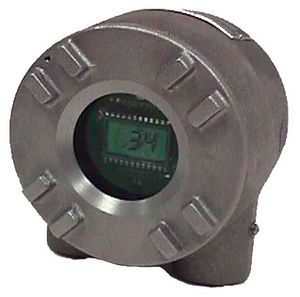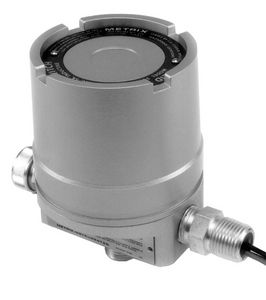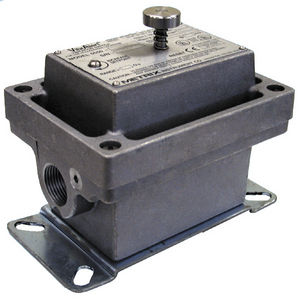
- Detection - Measurement
- Optical and Acoustic Measurements
- Shock and vibration switch
- Metrix Instrument Co.
Shock and vibration switch 440
Add to favorites
Compare this product
Description
The electronic switch utilizes a solid state crystal accelerometer which provides an electrical output when it is deformed by the vibration forces. The output is electronically converted to a signal proportional to velocity. This signal is compared with a preset limit and triggers a solid state relay if the limit is exceeded. There are no moving parts in the 440 vibration switches except when configured with mechanical relays.
While the 440 costs more than a mechanical switch, it uses the same technology as sophisticated remote monitoring systems and provides most of the capabilities of these systems at 1/3 to 1/2 the cost per monitor point.
An important feature of the switche is the built-in time delay. This prevents triggering of the alarm or shutdown functions from transient increases in vibration levels. It also avoids shutdown due to transitory vibrations occurring during start-up.
Almost all machines experience a few seconds of high vibration during start-up before reaching operating speed. When no time delay function is included, as with mechanical switches, this start-up vibration causes a trip. Frequently, the operator turns the trip setting up until he can get through start-up. The resultant trip level is too high to afford protection at the machines operating speed.
Three-second alarm trip delay is standard on the switch. Alarm time delays are independently adjustable in the field over a range of 2 to 15 seconds.
Catalogs
440/450 Switch
5 Pages
Related Searches
- Acceleration sensor
- Piezoelectric acceleration sensor
- Triaxial accelerometer
- Vibration analyzer
- Vibration sensor
- Vibrating acceleration sensor
- Portable vibration analyzer
- Machine monitoring vibration analyzer
- High-temperature acceleration sensor
- IP68 acceleration sensor
- Compact vibration sensor
- Seismic switch
- Shock and vibration switch
*Prices are pre-tax. They exclude delivery charges and customs duties and do not include additional charges for installation or activation options. Prices are indicative only and may vary by country, with changes to the cost of raw materials and exchange rates.






